World AIDS Day is the opportunity to learn about the current reality in figures and data, but above all how harmful the covid 19 pandemic was for women suffering from HIV.
When HIV began to become visible in the world in the ‘80s, it was believed at that time that it was a problem of homosexual couples, today almost 40 years after its discovery in The Woman Post we raise the magnifying glass to know the situation of women infected with this disease and that in most cases are associated with sexual and gender violence.
According to UNAIDS, in countries with high HIV prevalence, intimate partner violence can increase the chances of women contracting HIV by up to 50%.
In 2021, every week 4,900 young girls and adolescents between the ages of 15 and 24 were infected with HIV. One in three women and adolescent girls around the world have experienced physical or sexual violence from their husbands, male partners, or strangers. This violence usually occurs in their homes and neighborhoods, which are the places where they should feel safest. And this alarming statistic does not include the millions of women and girls who face other forms of gender-based violence and harmful practices, such as child and forced marriage, female genital mutilation, and sexual violence.
The World Health Organization has named violence against women as a global health problem. Violence or fear blocks women’s access to services and their ability to negotiate condom use with abusers, disclose their disease progression or detectability, or remain on HIV treatment.
Another less hopeful piece of information is the case of children with this disease: It is estimated that around 110,000 children and adolescents (0 to 19 years of age) died in 2021 from AIDS-related causes, according to the latest global snapshot of UNICEF on children and HIV/AIDS. That same year, 310,000 new infections were also registered, bringing the total number of young people living with HIV to 2.7 million.
As UNICEF warns, progress in the prevention and treatment of HIV in children, adolescents, and pregnant women has practically stagnated in the last three years and many regions have not yet reached the coverage of services they had before the COVID-19 pandemic. All of this adds to the existing and widening gap between children and adults in terms of access to treatment.
Similarly, lifetime antiretroviral treatment coverage in pregnant women living with HIV has risen from 46% to 81% in a single decade.
Many regions, including West and Central Africa, East and Southern Africa, Latin America and the Caribbean, Asia and the Pacific, the Middle East and North Africa, also saw a decline in treatment coverage among women 2020 pregnant and lactating. In 2021, further declines were observed in Asia, the Pacific, the Middle East, and North Africa. Except for West and Central Africa, which continues to have the highest incidence of mother-to-child transmission, none of the above-mentioned regions has returned to the coverage levels achieved in 2019. These shocks put the lives of newborns at greater risk. In 2021, more than 75,000 new infections occurred in children because pregnant women went undiagnosed and untreated.
But it’s not all negative news, this year the first woman with HIV was also cured by undergoing a stem cell transplant to treat her cancer. It is the third case of a patient treated with stem cells that is successful, but the first woman to be cured since the other two patients are male.
This therapy is hope for girls, boys, and women who suffer from this disease and it is regenerative therapy, which consists of a stem cell transplant, coming from the umbilical cord and the supplement with adult cells from a relative, so that the other cells could generate defenses with which they sought to cure the two diseases of the patient: leukemia and HIV/AIDS
As stated by Anurita Bains, UNICEF Associate Chief of HIV/AIDS. “With a renewed political commitment to reach the most vulnerable, strategic partnerships and resources to expand programs, we can eradicate AIDS in children, adolescents and women”
On the other hand, with the re-establishment of the rights and protection of women and girls in their contexts, as well as campaigns in which women identify cases of violence, girls remain in school, and, above all, with the elimination of violence against women, these figures They wouldn’t be that high.



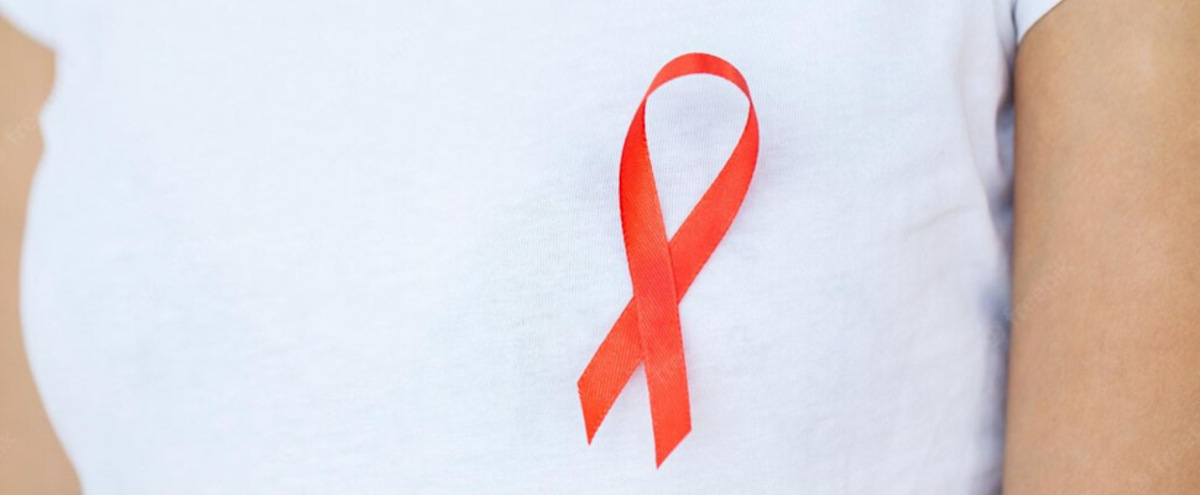
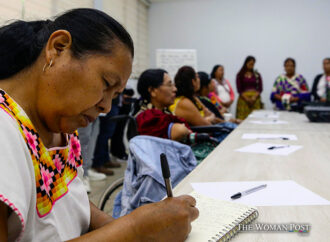

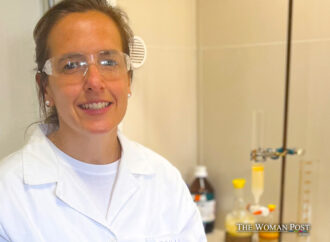
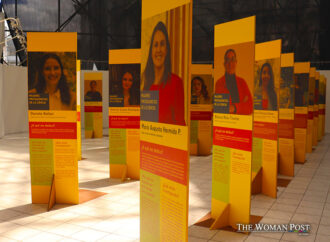







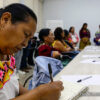




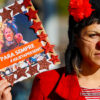



Leave a Comment
Your email address will not be published. Required fields are marked with *